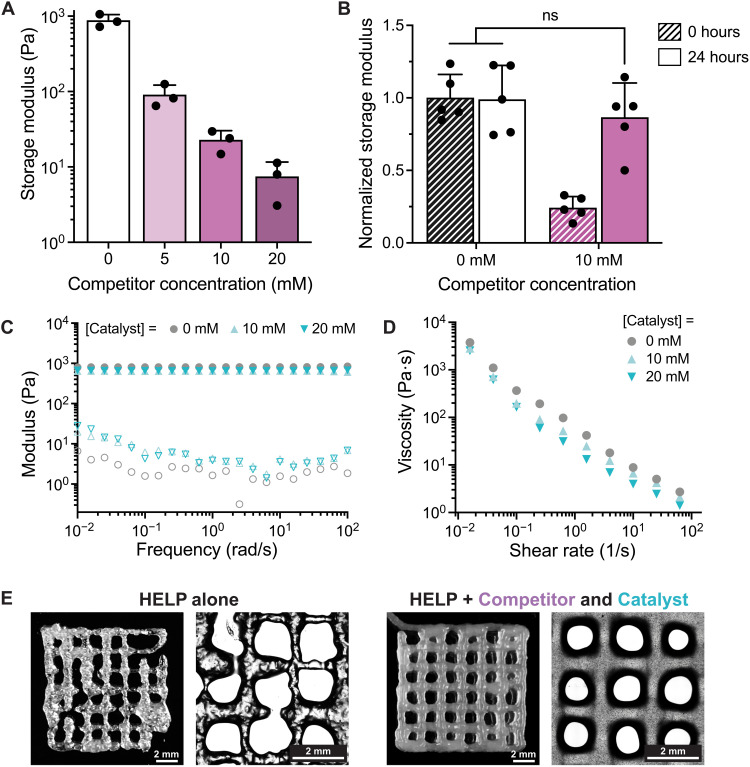Fig. 2. The addition of a small molecule competitor and catalyst improves HELP ink printability.
(A) Addition of the competitor decreases the storage modulus of the HELP ink in a dose-dependent manner (n = 3, means ± SD). (B) The shear moduli of HELP hydrogels with and without competitor are measured after 0 and 24 hours in PBS (n = 5, means ± SD). Following 24 hours in PBS, the storage moduli of HELP hydrogels containing competitor recover to those of non–competitor-containing gels, such that no statistical difference was measured [ordinary one-way analysis of variance (ANOVA) with Tukey multiple comparisons correction. ns, not significant. (C) Frequency sweeps of HELP hydrogels with varying amounts of catalyst show that changing catalyst concentration does not affect hydrogel stiffness. (D) The ability of HELP hydrogels to shear thin increases with increasing amounts of catalyst. (E) Representative bright-field images of printed lattices of HELP alone and the HELP ink containing competitor and catalyst.

